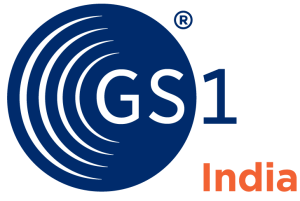To be able to sell products in the retail market, manufacturers & brand owners need to affix barcode labels on their products or include barcodes into the product packaging. These 13-digit GTIN numbers printed on product labels/packaging help in uniquely identifying products, and thus, facilitate in its tracking and tracing, inventory management, and product recall if required.
Hence, it is essential for every brand owner to print barcodes accurately to enable efficient scanning with different barcode scanners and in different scanning environments.
In this blog, we are listing some common mistakes that companies make while printing barcodes on their products, which lead to compromised scanning efficiency
- Light margins/white space is required around the barcode for scanners to read them efficiently. Most companies leave smaller white space than required around the barcode symbol.
- Since product packaging is small and manufacturers need to convey too much information through it, generally this leads to shortening of barcodes. Check GS1 General Specification for prescribed barcode height on product packaging.
- Use of incorrect colour combination also leads to poor scanning. Barcode bars should always be of dark colour on white or lighter background. Use of transparent or semitransparent substrates, such as glass or plastic will lead to poor scanning.
- Printing of barcodes, which are either too large or too small, also adds to problems
- Incorrect adjustment for ink spread
- Stretching/compressing barcode symbol horizontally, leading to too wide/too narrow barcode bars
- Placing labels too close to vertical corners or placing barcodes too close to the edge
- Peeling and creased labels
- Using uncovered metal surfaces as a background or for the bars of a symbol. The specular reflectance of the substrate can cause problems
- Use of the same GTINs on different product lines / SKUs also adds to confusion for retailer/supply chain traders. This defeats the entire purpose of uniquely identifying objects and capturing this identity in the form of barcodes for efficient reading.
Hence, it is crucial for manufacturing companies to follow barcode printing requirements to ensure that the product barcodes can be scanned, wherever required.
Learn more about things to consider when printing and creating barcodes.
Get your barcodes tested
Before bulk printing of product packages, it makes sense for organisations to get their sample product packaging with barcode tested to ensure their scannability.
GS1, a global standards organization, helps businesses to barcode their products with unique identification keys. It also runs a service for brand owners that helps them test their barcodes before bulk printing of product labels.
At the completion of testing, a detailed barcode verification report is provided by GS1 India, which includes recommendations for changes, if necessary. GS1 verification reports are accepted by retailers globally and are a prerequisite for acceptance of products by many.








